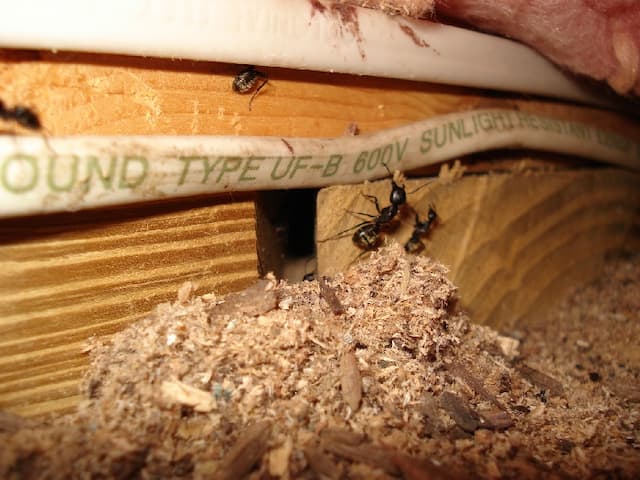A thorough understanding of the social behaviour of carpenter ants can assist in finding, controlling and managing their infestation. According to entomologists, carpenter ants are categorized into various species that infest homes and/or buildings. Just like the bee species, carpenter ants are classified as worker ants, queens and males. These classes differ in their sizes and colour. But in most carpenter ants species, the female is usually larger than the two other groups.
Other ant species should not be mistaken for carpenter bees if they do not infest wood. There are also minor physical structures like antennae which can be used to distinguish carpenter ants from other ants.
The carpenter ants can easily be located by observing the worker ants. This can be accurately done if the observation is conducted at sunset and midday. The probability of locating the ant nest can be enhanced if one sets the preferable food at places where the worker’s ants are found. Then you can follow the ants without starling them to where they are heading. One of the easiest methods of finding the carpenter ants is to look for possible moist areas of the building and structures that have already been damaged by ants. This is because carpenter ants prefer damp places and decaying woods.
It is also imperative to locate the outdoor location of carpenter ants, since they may migrate from the backyard and infest the house. The outdoor methods for locating the ants include checking in shrubs and trees that have holes and also imperfections. Also, check the trees with branches overhanging the house. Last but not least is to tap into wood surfaces and listen to the rustling sound that ants make when they are disturbed. The louder the rustling and dry sound in a hollow place indicates the presence of a carpenter ant nest.

